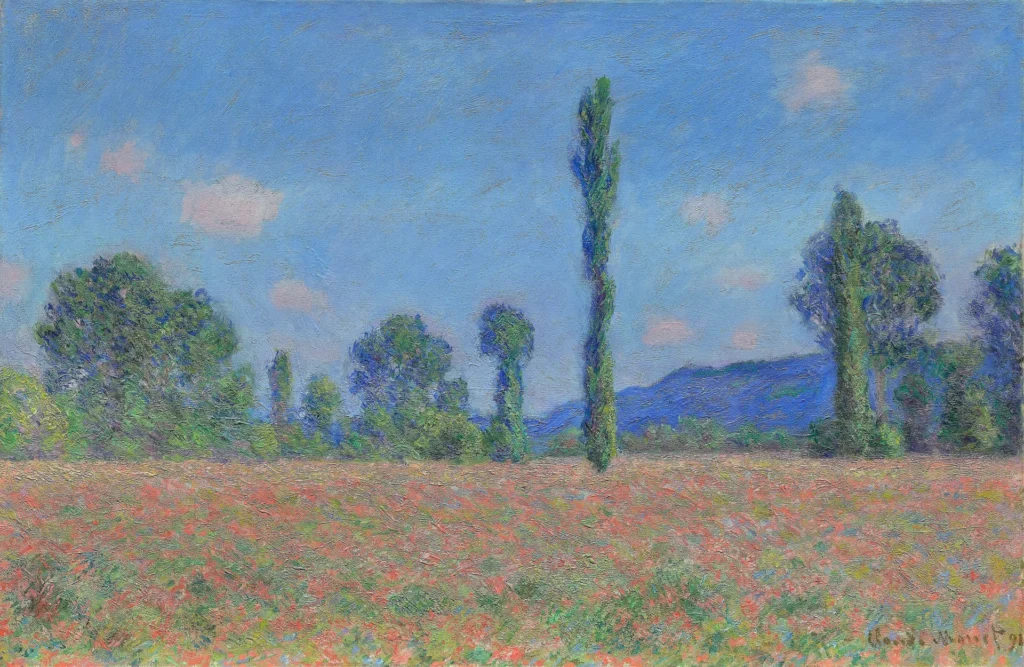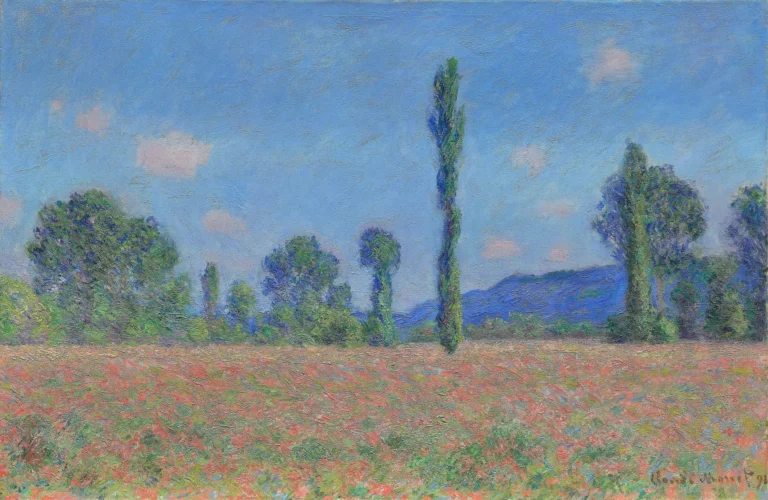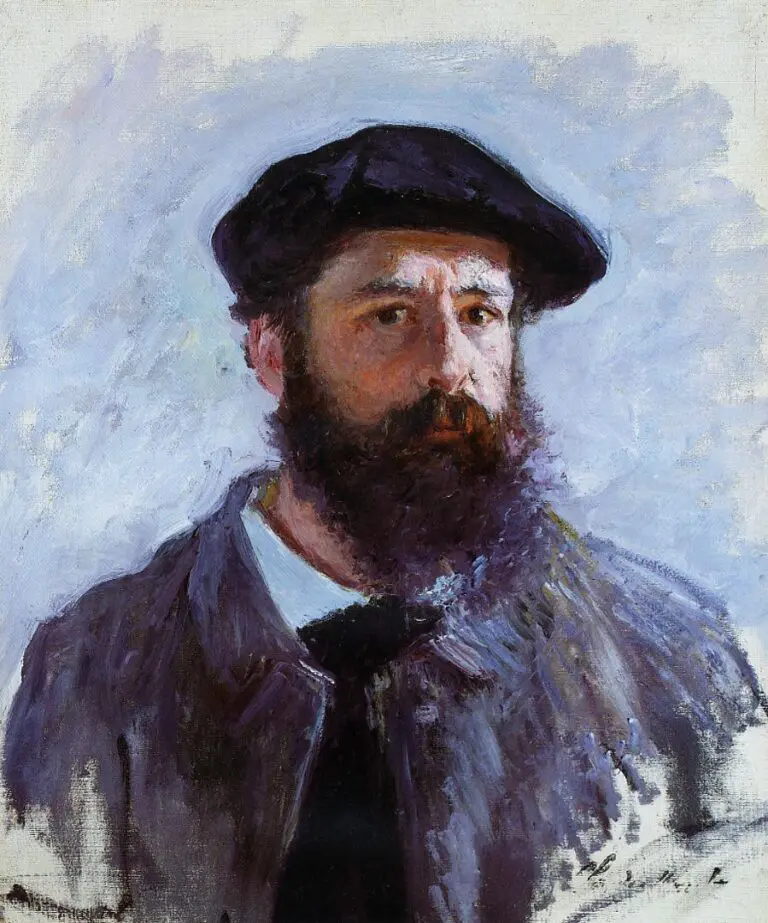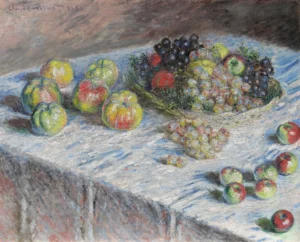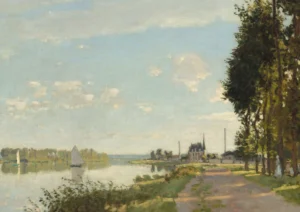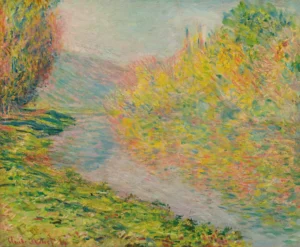Poppy Field (Giverny) (1890)
Created between 1890 and 1891, 'Poppy Field (Giverny)' showcases Claude Monet's unique Impressionist style, characterized by its vibrant color palette and refined brushwork. Painted near his home in Giverny, this artwork consists of four similar canvases, emphasizing his ongoing fascination with the subject of poppy fields. The painting's composition and materiality demonstrate Monet's meticulous approach and mark an evolution in his technique during this period.
1890-1891
About the Artwork
In the summer of 1890, while residing in the picturesque village of Giverny, Claude Monet was drawn to the stunning poppy fields that surrounded him. Captivated by the interplay of light and color, he embarked on a series of paintings that included 'Poppy Field (Giverny).' Working outdoors, Monet painted en plein air, aiming to capture the ephemeral beauty of the scene before him. The piece reflects not only his artistic evolution but also his dedication to exploring the effects of sunlight on the vibrant landscape. Monet's fascination with the poppies resulted in four canvases that share a similar scale and framework, illustrating his desire to encapsulate the same scene from different perspectives. The painting eventually found its home at the Art Institute of Chicago, showcasing Monet's enduring legacy in the world of art.
Did You Know
Monet created a total of four canvases of the poppy fields, showcasing a span of artistic exploration and variation in capturing similar scenes.
Monet’s home in Giverny not only served as his residence but also as a pivotal location for his artistic endeavors, influencing many of his works throughout his later years.
This painting is notable for its more homogeneous brushwork, a departure from his earlier works, representing Monet’s evolution in technique and his focus on achieving a ‘tapestry-like materiality.’




